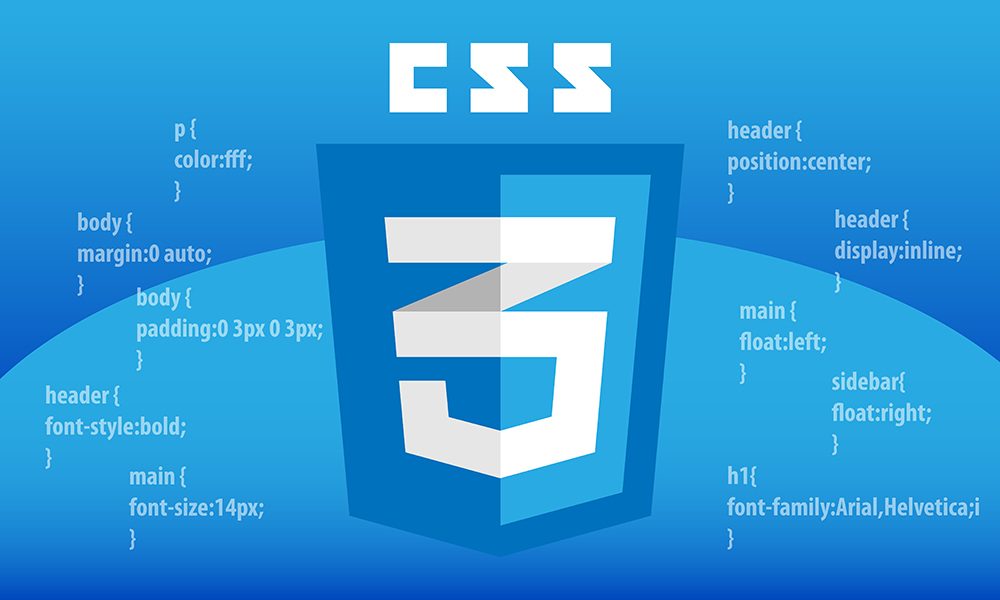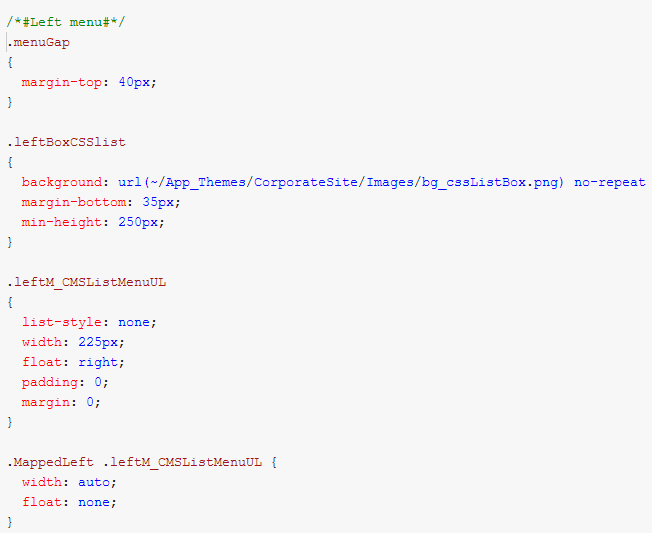CSS
WHAT IS CSS?
- CSS is a style sheet language used to define the presentation and visual appearance of web pages.
- It allows developers to control the layout, formatting, and styling of HTML elements on a web page.
- CSS promotes consistency and reusability by separating the design and layout from the HTML structure.
- It enables responsive design, ensuring web pages adapt to different screen sizes and devices for optimal user experiences.
- CSS integrates seamlessly with HTML and JavaScript, facilitating the creation of interactive and engaging web experiences through animations, transitions, and dynamic styling.

USE OF CSS
- CSS is used to apply visual styles to HTML elements, controlling aspects such as color, typography, layout, and spacing.
- It enables the creation of responsive designs that adapt to different screen sizes and devices, enhancing user experiences across desktops, tablets, and mobile devices.
- CSS provides tools for precise layout and positioning of elements, allowing developers to create complex and dynamic web designs.
- It ensures consistent styling and rendering across different web browsers, promoting a uniform user experience.
- CSS promotes maintenance and reusability by separating style from content, making it easier to update and maintain web pages.
WHAT ARE THE FEATURES OF CSS?
Selectors and Specificity – CSS uses selectors to target specific HTML elements or groups of elements. This allows developers to apply styles selectively based on element types, classes, IDs, attributes, or their hierarchical relationships. CSS also employs specificity rules to determine the priority of conflicting styles.
Style Rules and Declarations – CSS uses style rules to define how elements should be styled. A style rule consists of a selector and one or more declarations. Declarations specify the style properties and their corresponding values, such as color, font, size, padding, and margin. Multiple declarations can be grouped within a rule to define a set of styles.


Cascading and Inheritance – The “C” in CSS stands for cascading, which refers to the process of combining styles from multiple sources (e.g., external stylesheets, internal styles, inline styles) and resolving conflicts. CSS also utilizes inheritance, allowing styles to be inherited by child elements from their parent elements. This promotes consistency and reduces the need for repetitive styling.
Box Model and Layout Control – CSS incorporates the box model, which defines how elements are displayed within rectangular boxes. It enables precise control over the dimensions, padding, borders, and margins of elements. CSS offers various layout techniques, such as floating, positioning, flexbox, and grid, allowing developers to create sophisticated and responsive page layouts.
- Responsive Design and Media Queries – CSS supports responsive design by using media queries, which apply specific styles based on the characteristics of the device or viewport. Media queries allow developers to create adaptive layouts, rearrange elements, or modify styles to provide optimal user experiences across different screen sizes and devices.
THE BENEFITS OF LEARNING TO CODE WITH CSS
Enhanced Visual Styling – CSS allows you to have full control over the visual appearance of web pages. By learning CSS, you can apply custom styles, colors, typography, and layouts to create visually appealing and engaging websites.
Improved User Experience – CSS plays a crucial role in optimizing the user experience. You can design responsive layouts that adapt to different screen sizes and devices, ensuring your websites are accessible and user-friendly across desktops, tablets, and mobile devices.
Efficient Maintenance and Consistency – CSS promotes code organization and reusability. By separating the presentation layer from the content, you can make global changes to the style of your website more efficiently. Updating a single CSS file can instantly update the styling across multiple web pages, ensuring consistency and saving time in maintenance.
Flexible Page Layouts – With CSS, you gain the ability to create flexible and dynamic page layouts. You can utilize techniques like flexbox and grid to easily arrange and position elements, create multi-column designs, and achieve complex layouts that adapt to different content and screen sizes.
